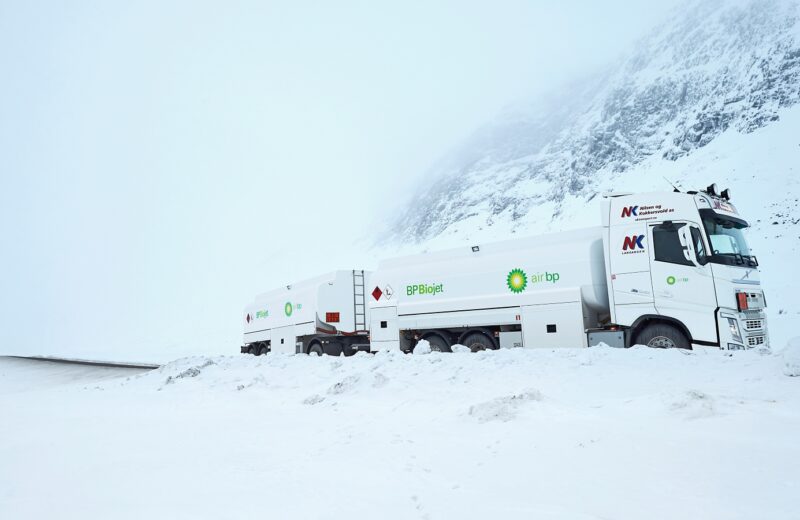Scale-up needed to bring eSAF cost down

The market scale needs to be increased in order to bring the price of e-Sustainable Aviation Fuel (eSAF) down according to Air bp’s sustainability director, Andreea Moyes. The sustainable fuel, given its name by Air bp, can currently be up to eight times more expensive than conventional jet fuel.
Air bp is not talking about SAF. eSAF is its newest sustainable fuel, currently in development, which is an attempt to address major issue with regular SAF production—the limitations of the feedstocks.
While SAF is an integral part of aviation decarbonisation, most of the current supply is from a pathway known as HEFA (hydrotreated esters and fatty acids), which includes waste oils and fat, but quantities of these feedstocks are limited.
eSAF is a synthetic fuel derived from renewable energy. Renewable electricity generated from hydro, solar or wind power is the energy direction of the future, says Air bp. However, electric-powered flight will only be possible for short-haul journeys in the foreseeable future due to the weight of the batteries required. So, for larger aircraft and long-haul flights electricity needs to be converted into a synthetic fuel.
Legislation currently allows a blend of up to 50% eSAF with conventional jet fuel (it is hoped 100% synthetic fuels will soon be approved) and it can be used as a drop-in fuel. It can be easily stored, transported and distributed using existing infrastructure.
To be commercially viable and competitive with conventional jet fuel, eSAF needs to be produced at low cost. It can be two to three times the cost of SAF made from HEFA or municipal solid waste.
There is currently legislation in Europe that places the development of eSAF at the forefront of aviation’s sustainability agenda. Germany, for example, has agreed a roadmap which will come into effect in 2026 for the development and use of eSAF for the aviation sector.
Government mandates, particularly in the EU, are expected to commercialise eSAF after 2030 and more widely available post 2040.
